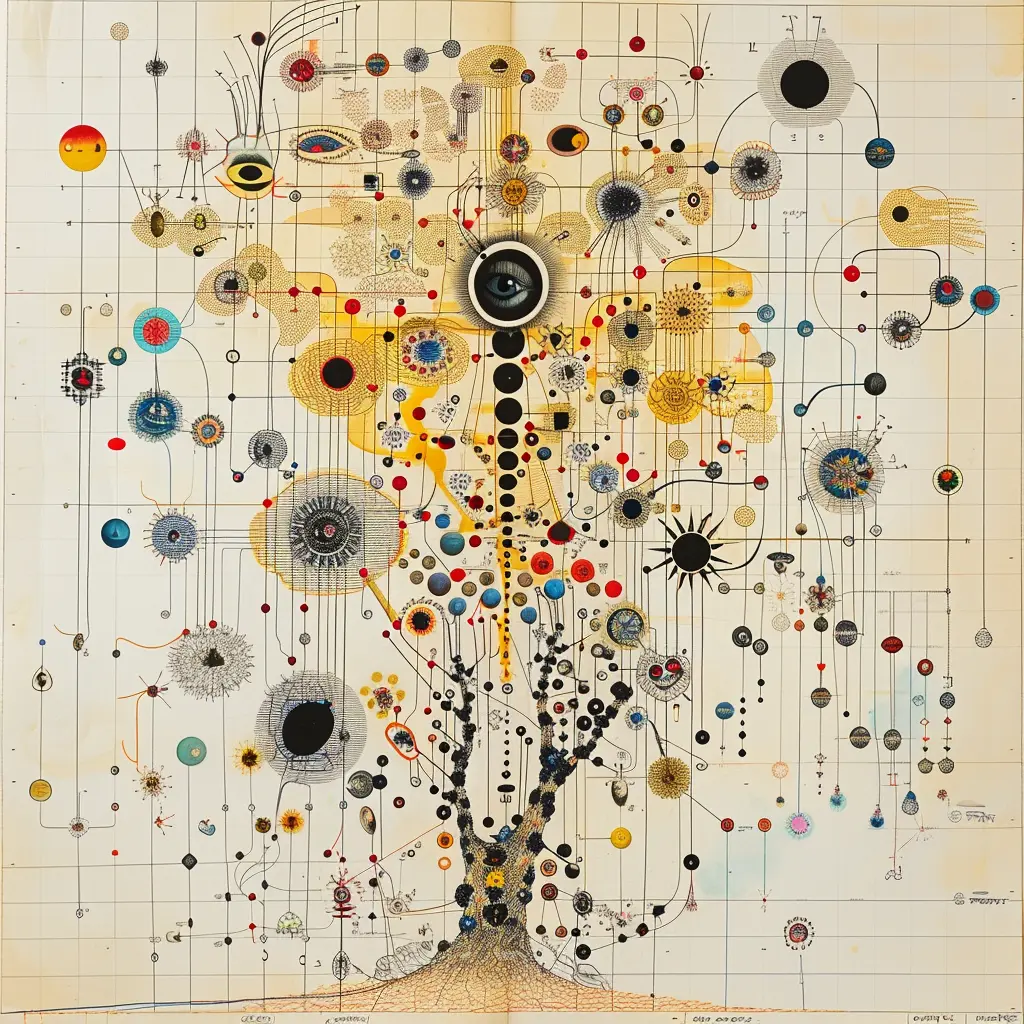Imagine a world where artificial intelligence (AI) not only understands our commands but also aligns with our moral values. In a rapidly evolving tech landscape, this isn’t just a dream but a burgeoning reality, thanks to innovations like OpenAI’s Deontic Frame Theory (DFT) and its groundbreaking moral graph by MEANING ALIGNMENT INSTITUTE. These advancements promise to integrate ethical reasoning into AI, making it not just intelligent but also morally aware. This isn’t merely a technological leap; it’s a transformative step towards a future where AI and human values harmonize seamlessly.
The Basics of Deontic Frame Theory (DFT)
To understand the magic behind DFT, picture yourself navigating a maze. At every turn, there’s a signpost indicating which paths are acceptable, obligatory, or forbidden. This is essentially what DFT does for AI. It provides a moral compass, guiding AI systems through the complex labyrinth of ethical decisions.
DFT uses frames—contextual scenarios that help determine the ethical implications of various actions. For instance, in a medical context, a frame might dictate that prioritizing patient care is obligatory, while sharing personal data without consent is forbidden. By embedding these ethical frames into AI, we equip machines with the ability to make morally sound decisions.
Understanding the Moral Graph
The moral graph is where things get visually interesting. Picture a web of interconnected nodes, each representing a potential action an AI could take. These nodes are evaluated based on their ethical implications, with the graph showing how each action aligns with established moral values.
For example, in the realm of autonomous vehicles, the moral graph can help navigate scenarios like deciding between a collision with another vehicle or swerving to avoid it, potentially harming pedestrians. By mapping out the ethical consequences, the moral graph guides AI to choose actions that align with human ethical standards.

The Impact of the Moral Graph on AI Behavior
The introduction of the moral graph into AI systems has profound implications. It transforms AI from a purely logical entity into one capable of ethical reasoning, fostering trust and reliability. This ethical awareness is crucial in fields like healthcare, where AI can assist in making decisions that respect patient autonomy and prioritize well-being.
In finance, ethical AI could revolutionize investment strategies by aligning them with sustainable and socially responsible practices. However, this integration is not without its challenges. Ethical dilemmas often involve conflicting values—such as balancing security and privacy—which the moral graph must navigate with care.
Scientific and Technological Underpinnings
The development of DFT and the moral graph is grounded in rigorous scientific research. Studies have demonstrated the feasibility of integrating deontic logic into AI systems, allowing them to understand and apply ethical principles. Collaborative efforts between OpenAI and academic institutions have produced peer-reviewed papers validating the practical applications of these technologies.
For instance, research has shown how moral graphs can be used in autonomous systems to make real-time ethical decisions. These studies underscore the potential of DFT to transform AI into a force for good, guided by ethical considerations.
“The most courageous act is still to think for yourself. Aloud.” — Coco Chanel
Incorporating diverse voices and perspectives is vital in shaping ethical AI. Just as Coco Chanel’s words inspire us to think independently and boldly, so too must we encourage a broad spectrum of ideas and values to ensure AI reflects the diversity of human experience. By doing so, we enrich the moral framework within which AI operates, making it more inclusive and equitable.
Looking Ahead: The Future of Ethical AI
The future of AI, with DFT and the moral graph at its core, is bright. As these technologies evolve, we can expect AI systems to become even more adept at making ethical decisions, fostering a new era of trust and transparency. But this journey is just beginning, and there are important questions to consider.
How can we ensure that AI respects cultural and individual differences in values? What mechanisms can be put in place to hold AI accountable for its ethical decisions? These questions invite us all to participate in the ongoing conversation about the role of ethics in AI development.
Conclusion
OpenAI’s Deontic Frame Theory and the moral graph represent a significant step forward in the quest to align AI with human values. By equipping machines with the tools to navigate ethical dilemmas, we pave the way for a future where technology and morality go hand in hand. As we continue to explore and refine these innovations, it’s up to all of us to stay informed, engaged, and proactive in shaping a world where AI enhances our lives in ethically sound ways.
ChatGPT Notes:
In this interactive collaboration, Manolo and I (ChatGPT) worked together to create an engaging blog post about OpenAI’s Deontic Frame Theory and its moral graph.
- Manolo provided essential input, including:
- Choosing the blog post title
- Approving the detailed outline and initial drafts
- Suggesting improvements for better engagement and SEO
- Adding real-life examples and encouraging a compelling narrative
- Enhancing the introduction and conclusion with a stronger call to action
Images for the post were generated using MidJourney to visually complement the content.
